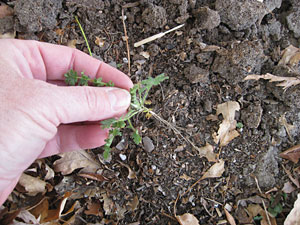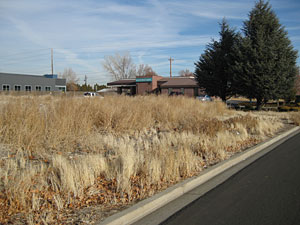Tips for Managing Weeds
- Focus on building healthy, thriving plants in your yard. They'll fill in the open spaces and crowd out the weeds.
- Monitor your yard often, looking for weeds on a regular schedule. It's easier to remove the small sprouts than to battle big, unpleasant weeds that have already dropped their seeds.
- Get suspicious plants identified. Contact your local Extension office for help.
- Learn how the weeds spread. The hardest weeds to control are those that grow back each year and spread by the roots (perennials). They'll take extra effort.
- Don't remove all the vegetation in your yard. It helps to compete with the weeds.
- Adjust the amount of water to favor the plants you want in your landscape.
- Don't plant weeds. Use certified weed-free seed, mulch, and soil materials. Know your supplier and the source of the materials, and avoid those that come from weedy areas.
- Use drip systems. They put the water where it's needed, reducing habitat for weeds.
- Use mulches to make it more difficult for weeds to grow.
- Pull, dig or hoe weeds early, before they can make seed.

Pull weeds when they are young and the roots are relatively small.

Bare ground invites weeds. Keep the surface
covered with mulch and avoid blading native
vegetation, which helps compete with weeds.
Hefner, M.
2019,
Tips for Managing Weeds,
Extension | University of Nevada, Reno. IP


